A Jurisdictional ESG Framework
The Alberta government established an Environmental Social Governance (ESG) Secretariat in May 2021, the first of its kind by any province, to serve as a strategic and coordinating body for all ESG‑related activities across government.
The ESG Secretariat also serves as a clearinghouse for factual ESG data and performance metrics across the province.
Alberta is positioning itself to be a global ESG leader for clean, secure and ethically sourced energy. Recognizing that no globally accepted ESG framework exists at a jurisdictional level, the government has developed a Jurisdictional ESG Framework.
This framework uses other relevant frameworks and UN Sustainable Development Goals as a basis and applies both an ESG and jurisdictional lens to create a framework that considers the particular ESG issues of most importance within a jurisdiction. It will inform policy and identify areas of performance and potential investment based on 13 categories.
ESG explained
ESG criteria are non-financial performance measures that are used with standard financial performance measures to assess the sustainability, societal impact and risk of a particular investment. They influence the decisions of investors, financial institutions and talent on where they direct their resources.
- Environmental examples: emissions management, natural capital conservation, waste management
- Social examples: Indigenous participation, labour standards, gender and diversity, affordable housing
- Governance examples: reporting transparency, democratic, accountable and ethical government, energy security
Alberta’s ESG record: quick facts
-
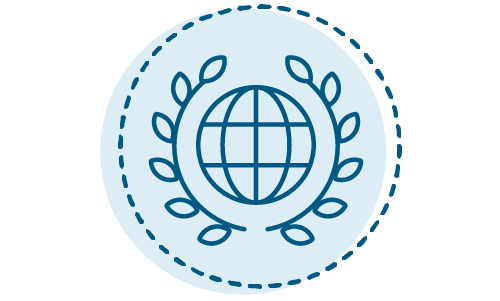 Environmental quick facts
Environmental quick facts- 1st in North America to put a price on industrial carbon
- 95% of oil sands production on pathway to net zero by 2050
- Oil and gas methane emissions decreased by about 44% between 2014 and 2021 - on track to meet the 2025 reduction target of 45%
- On track to reduce methane by 45% below 2012 levels by 2025
- Largest contiguous area of boreal protected land in the world
-
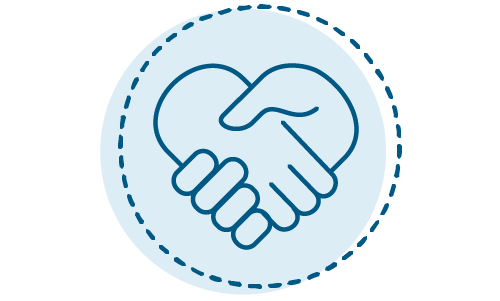 Social quick facts
Social quick facts- Alberta Indigenous Opportunities Corporation enabled largest Indigenous energy investment in North America ($1 billion+)
- 23% of Albertans are immigrants or permanent residents, up 2% from 2016
- Over 3,000 tech start-ups, 27% founded by women
- 286,000 Albertans employed in charity/voluntary sector
-
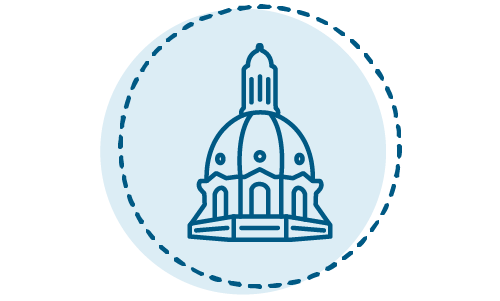 Governance quick facts
Governance quick facts- Open and transparent government
- Focus on red tape reduction has saved Albertans $1.2 billion since 2019
- Women hold 23% of board positions in Alberta, an increase from 8% in 2015
- Alberta Energy Regulator oversees responsible energy development
- Strong marketplace with confident consumers who have clear protections
Note: these lists continually grow and are subject to change.
Alberta's opportunity
Becoming a diversified energy leader
Alberta will maintain profitable, responsible production and employment in our energy sector by:
- consistently striving to lower year-over-year emissions intensity
- ensuring energy security at home and abroad
- supplying feedstock for petrochemicals and a broadening mix of cleaner energy sources
Strategic focus areas
These strategic focus areas will diversify our economy, reduce emissions and improve energy security.
-
 Hydrogen
HydrogenLeading the world in the development and deployment of a hydrogen economy that leverages our competitive advantages to build clean energy solutions and develop export capacity.
Alberta’s Hydrogen Roadmap outlines the path to building a provincial hydrogen economy and accessing global markets.
-
Quick facts
- Hydrogen is a low-carbon solution for heating (residential and commercial), power generation and storage, transportation, industrial processes and international export
- By 2050: 24% of global energy supply worth $2.5 trillion/year
- Alberta is the largest producer of hydrogen in Canada
- We have all the resources, expertise and technology needed to quickly become a global supplier of clean, low-cost hydrogen
- The Hydrogen Centre of Excellence was created though a $50 million investment from the TIER fund in 2022 and $5 million in 2023-24 budget allocation
See the ESG fact sheet on hydrogen for more information.
-
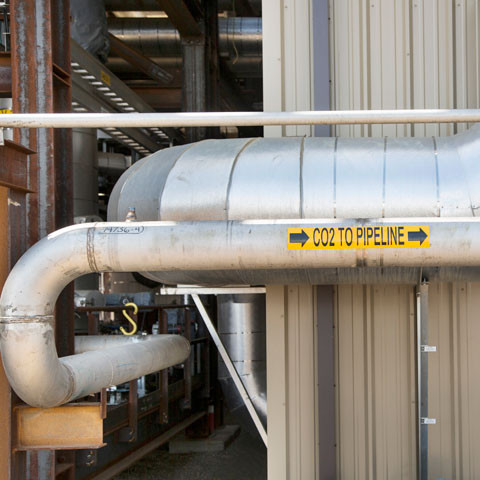 Carbon capture and storage
Carbon capture and storageLeveraging our geological advantages to enable large-scale emissions mitigation through Carbon Capture Utilization and Storage (CCUS).
CCUS is a pathway to reduce emissions from existing energy systems, and will help Alberta transition to a low-carbon future.
Image: Quest CCS, courtesy of Shell
-
Quick facts
- CCUS involves capturing carbon emissions, transporting them and either injecting them into underground geological formations that can safely and permanently store the gas, or using them for other processes or in end products
- To date, the province has invested or committed nearly $1.8 billion to support CCUS-related projects and programs
- In 2022: Government of Alberta selected 25 projects to develop carbon storage hubs
- By 2030: Global CCUS market to reach $9.42 billion*
*Converted from USD to CAD at 1.35 exchange rate, April 2023
See the ESG fact sheet on CCUS for more information.
-
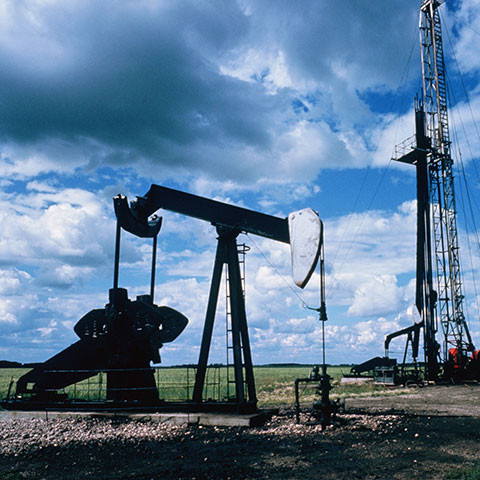 Natural gas and LNG
Natural gas and LNGAccelerating the development of natural gas and liquefied natural gas (LNG) capacity that provides affordable, secure and reliable energy to Canadians, while also displacing the use of coal around the world.
Alberta’s Natural Gas Vision and Strategy lays out a plan for Alberta to become a global supplier of clean, responsibly sourced natural gas and related products, including hydrogen, petrochemicals and recycled plastics.
-
Quick facts
- Alberta’s natural gas strategy supports:
- Petrochemical manufacturing and plastics recycling
- LNG and the emerging hydrogen economy
- Industrial uses of natural gas
- Petrochemicals Incentive Program: Grants to diversify Alberta’s natural gas use, create jobs and reduce emissions, potentially worth billions of dollars of investments.
- Opportunity to grow Alberta’s petrochemical sector by $30 billion by 2030
See the ESG Fact sheet on Natural gas and LNG for more information.
- Alberta’s natural gas strategy supports:
-
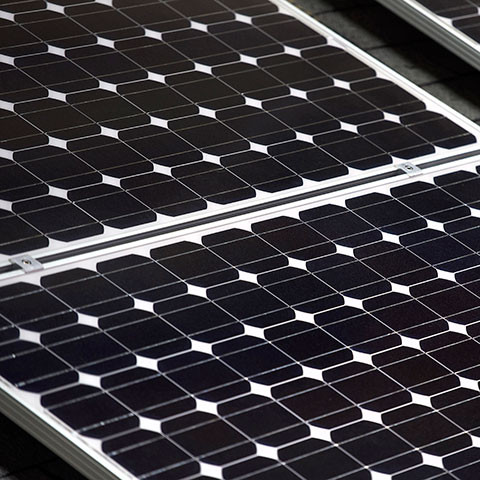 Diversified electricity
Diversified electricityEnabling diversified and renewable electricity generation through our open, 24-hour, free market grid.
Alberta Electric System Operator is a not-for-profit organization that manages and operates the provincial power grid on behalf of Albertans.
-
Quick facts
- Enabling diversified and renewable electricity generation through our open, 24-hour, free market grid
- Alberta is on track to eliminate coal-generated electricity by the end of 2023, 7 years ahead of the federal target
- Alberta has significant renewable energy potential and one of the best solar resource in Canada
- Between 2010 and 2017, Alberta’s electricity generation capacity from wind doubled. It is projected to double again by the end of 2023.
See the ESG fact sheet on Diversified Electricity for more information.
-
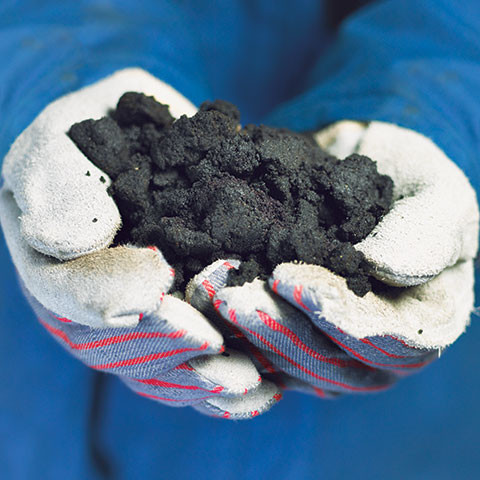 Critical minerals
Critical mineralsCapturing the full value of Alberta’s natural resources to diversify the economy and support a global energy transformation.
Renewing Alberta’s Mineral Future is a strategy and action plan for Alberta to capitalize on our potential to become a preferred producer and supplier of metallic and industrial minerals and mineral products.
-
Quick facts
- In Canada, minerals and metals are considered critical if they are essential for the sustainable economic success of Canada and its trading partners
- Alberta has favorable geology for many critical minerals, such as lithium, uranium, vanadium, nickel, rare earth elements, potash and diamonds
- Albertan companies are investigating direct lithium extraction from depleted oil and gas reserves
- Alberta Innovates is exploring global market potential for non-combustion bitumen products through its Bitumen Beyond Combustion (BBC) program
See the ESG fact sheet on critical minerals for more information.
Alberta: Here for good
Alberta’s ESG leadership will:
- unlock the full potential of our human and natural resources to transform our economy and lead into the future
- strengthen our economy by continually evolving through relentless innovation and ingenuity
- attract those looking for ambitious growth while also pursuing the highest standards of ESG performance
Contact
Connect with the ESG Secretariat:
Email: [email protected]